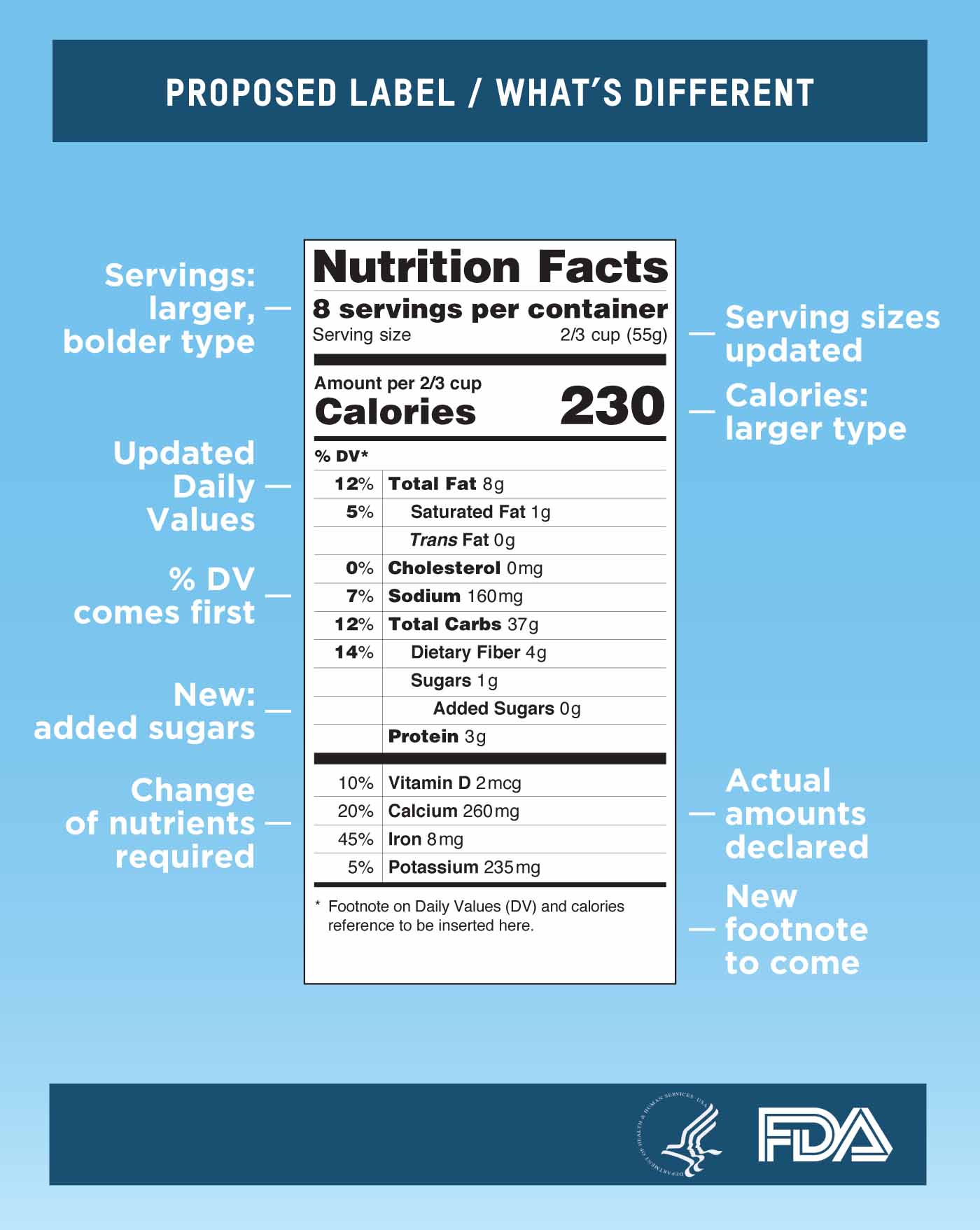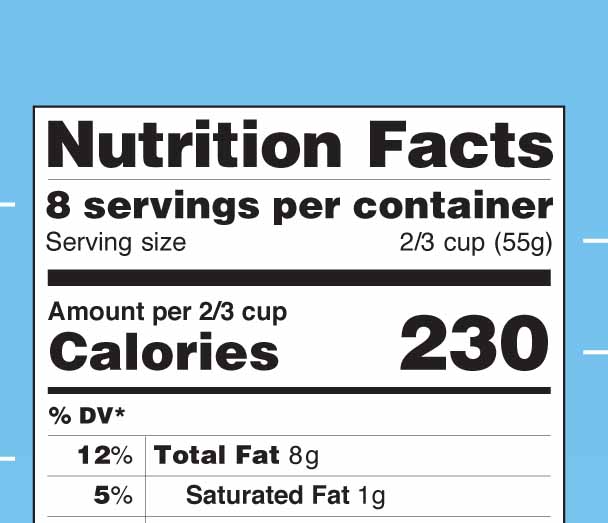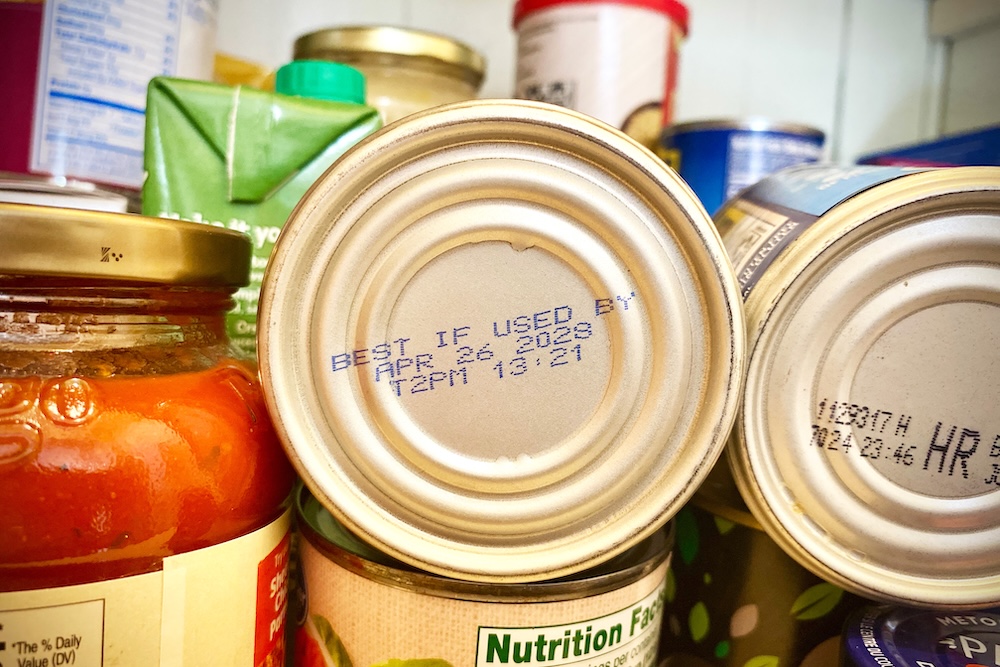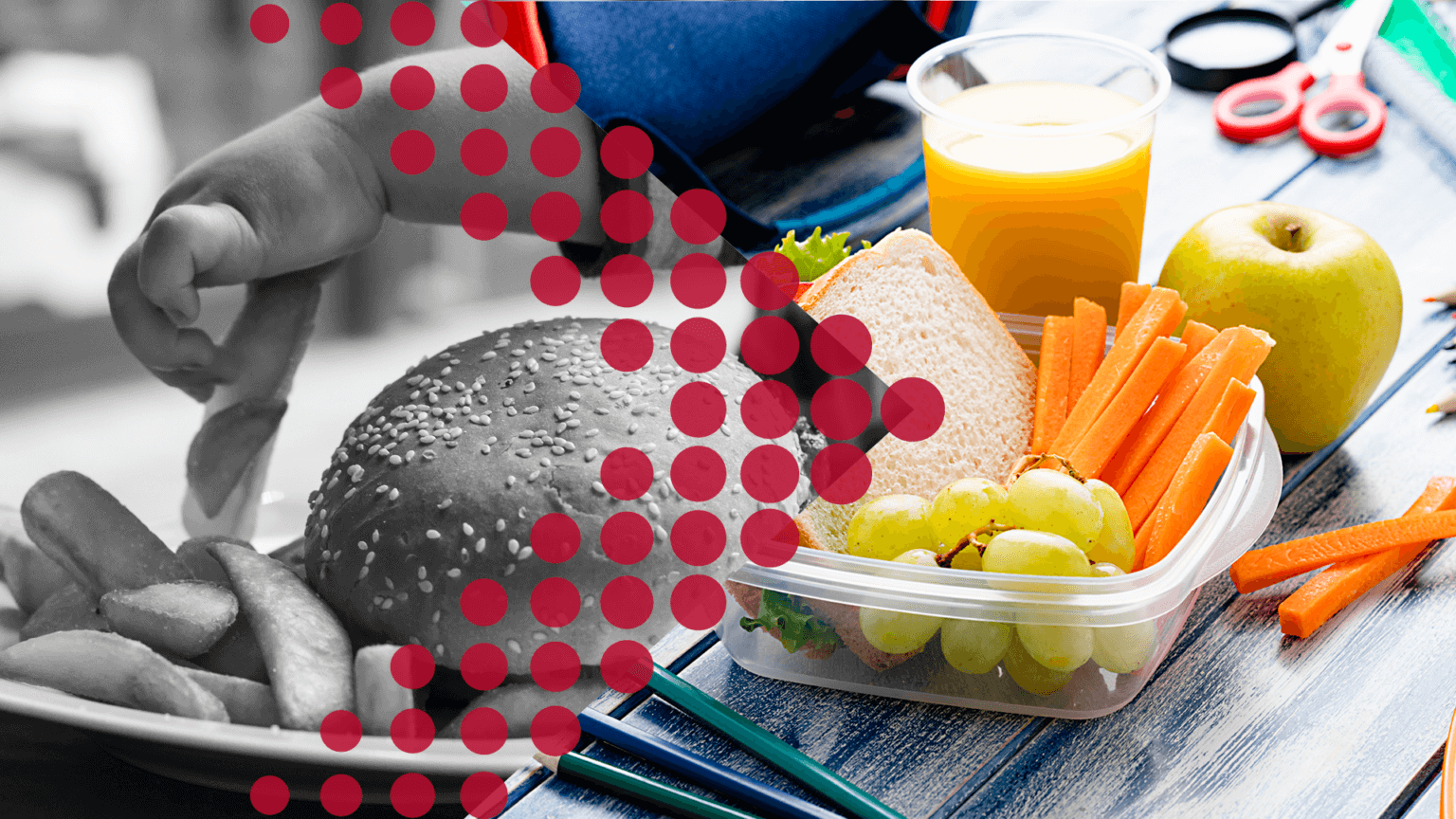Have you ever accepted that second slice of pie because it was “low carb” or “fat free”?
Maybe you ate a whole sleeve of cookies, but weren’t that worried about it because they were labeled “organic.” This phenomenon, known as the “health halo,” occurs when we overestimate the healthiness of products because of a brand name, marketing claims or labels. Even though it sounds angelic, the health halo itself can actually be counterproductive.
In a study conducted in New York state, everyday shoppers were given identical products to taste test. Nutritionally, the products were the same. The only difference was that one product was clearly labeled “organic.”
The researchers found that most of the people thought the food with the organic label tasted better and was worth more money, according to the 2013 study published in the journal Food Quality and Preference. This study shows how packaging can influence us.
The health halo changes our perception of quality and cost. Most importantly it can also cause us to overindulge without guilt.
Often, we use the halo as our shield. We think, “Well this sandwich with bacon, guacamole and cheese is from a health food store, so I should be able to eat the whole thing, and eat the organic chips, too.”
The health halo doesn’t just cover single products; it also extends to grocery stores or restaurants. Is Subway better for you than McDonald’s? Many people would say yes, but the real answer is that it depends on what you order.
Researchers found that people perceived meals with identical calorie counts from Subway and McDonald’s to be very different. Not only did they underestimate the amount of calories they were consuming from the Subway sandwich, they also added on more calories from side items to the sandwich, according to a 2007 study published in the Journal of Consumer Research.
The result was that they consumed more calories eating at Subway than when they ate at McDonald’s.
So, how do we avoid the pitfalls of the health halo?
The best thing we can do for ourselves is to ignore all the flashy packaging and claims on the item. Instead we need to find the nutrition information and use that as our guide.
Remember, at least when it comes to weight management, it’s a balance of calories in versus calories out.
Always read the nutrition facts label.
Ask to see the nutrition information or look for the label on the package. The good news is that healthy foods can come from anywhere we choose to shop or eat.
When we have all of the right information, we can make a healthy decision.
Keep in mind that healthy eating is just one side of the equation. We also need to move more, because moving more means living more.
For more information on making smarter food choices and increasing physical activity, visit walkgeorgia.org.








.png)